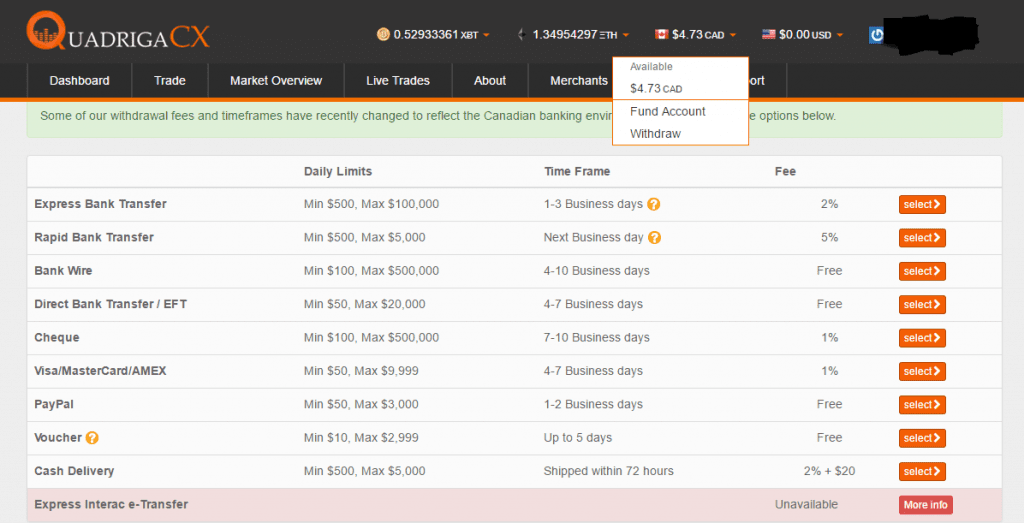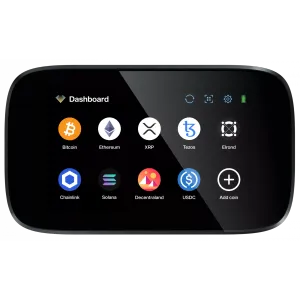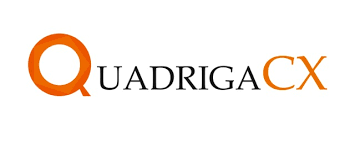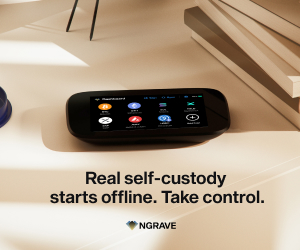QuadrigaCX fails, the troubled Canadian cryptocurrency exchange, has failed to locate millions in customers’ missing cryptocurrency assets since the company’s owner died suddenly in December of 2018. On Monday, Nova Scotia Supreme Court Judge Michael Wood ruled that Quadriga Fintech Solutions Corp, the holding company, can begin bankruptcy proceedings.
Approximately 115,000 customers are owed $195 million USD in cash and cryptocurrencies, including Bitcoin and Ethereum, following the death of Quadriga’s founder Gerald Cotten. The exchange says Cotton did not reveal to anyone in his organization the private keys that access the cryptocurrencies on his private wallet. To those who did not know the details of the founders death, he died in India following complications from Crohn’s disease.

Quadriga’s court-appointed auditor Ernst & Young issued an April 1 report, asserting that creditors may benefit from the bankruptcy proceedings with the potential sale of the company’s assets, including but not limited to Quadriga’s operating platform.
In March, Michael Wood granted the Canadian crypto exchange a 45-day extension to find more than $100 million in lost Bitcoin, Ethereum, Bitcoin Cash, Bitcoin SV and Bitcoin Gold.
The court also approved a freeze on accounts held by Cotten’s widow, Jennifer Robertson, and the Cotten estate, including Robertson’s trusts and businesses.
Robertson says that her husband’s death was “sudden and unexpected”, refuting conspiracy theories that Cotten is still alive and that his death was a ruse to escape financial troubles.

QuadrigaCX was believed to be Canada’s largest cryptocurrency exchange, but following the death of Cotten, Ernst & Young says the company’s cold storage wallets are empty.
The next hearing is scheduled for April 18 to address issues involving credit protection and third-party payments processors.
This just goes to show that leaving your private keys on an exchange is very risky business. Do yourself a favor and store them on a trusted hardware wallet that is under YOUR control. Click here to see the latest offers directly from Ledger for an entry level hardware wallet.



